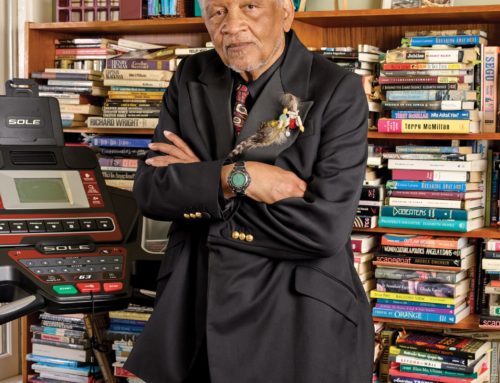Perhaps the most surprising moment in David Grossman’s ambitious and widely read 2008 novel, To the End of the Land, comes at the very end, in its final line. Here it is, along with the rest of the paragraph that precedes it:
“Then Ora detaches her body from his and lies down on her side on the rock ledge. She pulls her knees into her stomach and rests her cheek on her open palm. Her eyes are open yet she sees nothing. Avram sits beside her, his fingers hovering over her body, barely touching. A light breeze fills the air with the scents of za’atar and poterium and a sweet whiff of honeysuckle. Beneath her body are the cool stone and the whole mountain, enormous and solid and infinite. She thinks: how thin is the crust of Earth.”
I find this novel’s final moment perfectly arresting, since here—after 576 richly detailed pages, pages that present the reader with a nearly exhaustive portrait of its main characters in their social and historical context—Grossman offers us a radically new vantage point from which to consider his fictional world. With this final gesture, the narrator does nothing more and nothing less than present Ora in her geological context. By emphasizing, of all things, the thinness of the Earth’s crust, Grossman rotates the narrative’s orientation ninety degrees. In other words, the novel’s final note draws our attention to the Earth’s vertical axis, though it does this precisely by mentioning its uppermost layer, the crust. This is the horizontal axis along which Ora desperately escapes and across which her husband Ilan bravely marches during the 1973 Yom Kippur War and on which her lover Avram (and the rest of the characters—including, possibly, the dead ones) remain tragically stuck.


